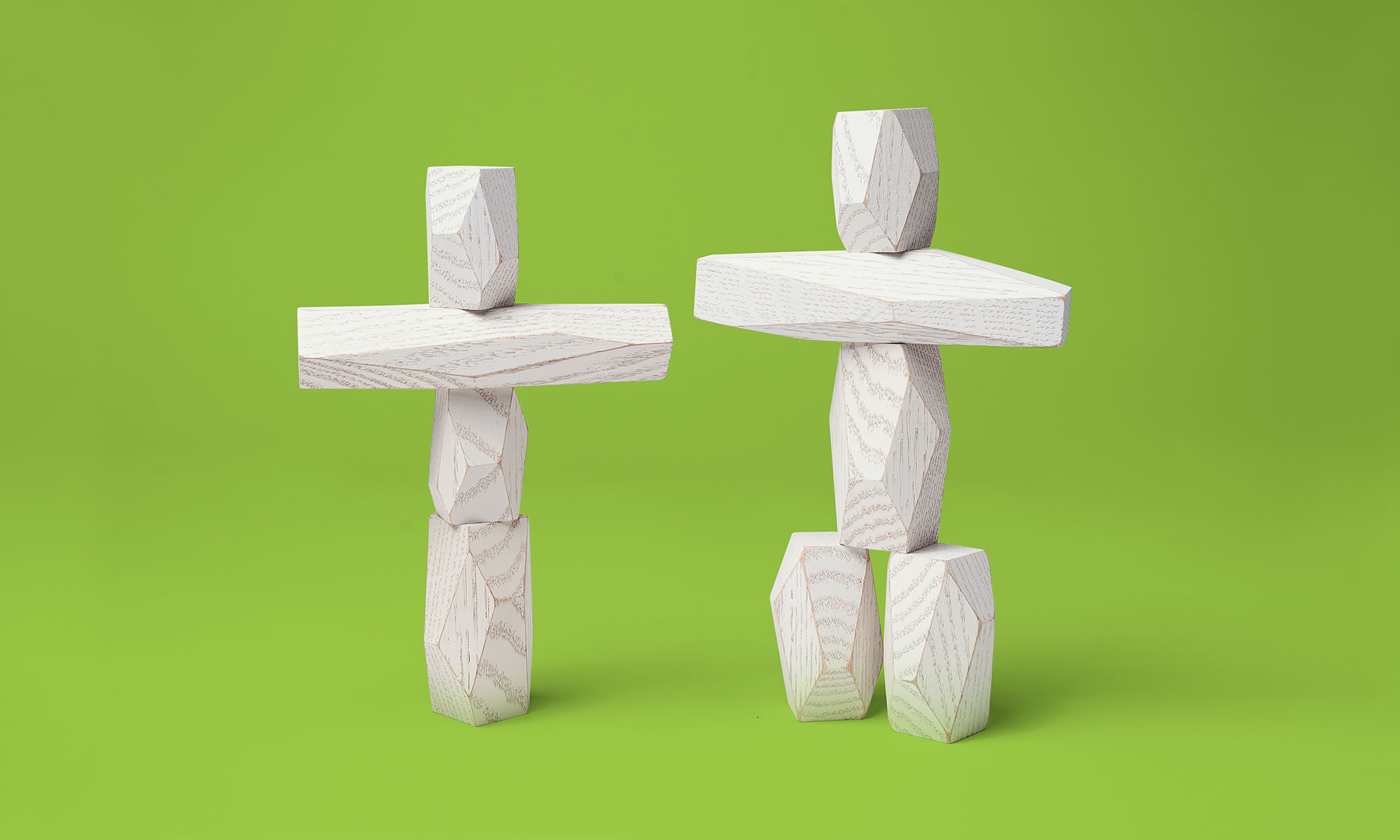A Website Facing a New Task
Autodesk, like many first-generation software companies, was transitioning from a perpetual licensed software model to subscriptions. This presented three big changes for the customer:
- Customers no longer owned the license, which gave them ongoing access to the software. They now needed to subscribe to a software license and would lose access once the subscription ended.
- The software was no longer delivered as a physical DVD or flash drive, but as an electronic download with log-in access only. (This created the perception that a customer could lose access to their designs.)
- There were downstream implications for budgets, accounting, and software training investments.
With the transition to subscriptions, customers now had access to collections of products for a fraction of the price of a single product and new collaboration and project management tools. This resulted in an overwhelming choice of products and services and a need to decipher the legal and operational details of transitioning to the new business model.
For legacy and prospective customers, the global website was their primary source of information for learning about new product features and benefits, but the site wasn’t yet up to the task. The video below shows a customer trying to navigate software selection and understand what a subscription license means. For the web marketing team, this was a wakeup call.
A Transparency-Driven & Customer-Focused Strategy
To develop a solution that would help customers be more successful in their task, we set aside the marketing agenda and got curious about the customer’s agenda. We conducted one-on-one interviews with customers to better understand their work in context, such as:
- What were the right new tools for customers?
- What were customers to do with their “old” tools?
- How would financing work?
- What are a customer’s legal rights to the software?
- How would customers implement the new software across an organization from design creation to real-world execution?
To develop a solution that would help customers be more successful in their task, we set aside the marketing agenda and got curious about the customer’s agenda. We conducted one-on-one interviews with customers to better understand their work in context, such as:
- “Try and buy a subscription for yourself and see if it works!!!!????!!!!”
- “What I want is comparison information, actual costs, add-ons. I need to understand the difference between subscription and software purchases!!!”
- “I’m just trying to figure out why my (#*%!) subscription is no longer valid. The whole thing is very confusing…”
We quickly understood that this was about human-to-human interaction, not business-to-business interaction. In the world of B2B, it’s easy to forget the second “B” represents real, emotional individuals — humans.
“I’m just trying to figure out why my (#*%!) subscription is no longer valid. The whole thing is very confusing…”
– Autodesk Customer
Our job was clear: Make it easy for the customer to choose Autodesk’s software and keep them from running to our competitors. The solution? The “easy to find, easy to decide, easy to buy” strategy.
We first took a look at what other successful consumer companies were doing to make customer experiences accessible, whether through mobile or e-commerce. Many businesses, ranging from cellular service providers to carmakers to airlines were making costly and complex purchases easier, which made customers feel taken care of.
Next, we tested out landing page prototypes, deciding on an elegant, one-stop-shop iteration. With a less-makes-it-easier approach, it had 50-percent less content yet everything the customer might need to make a decision: an easy scrolling panel; what the product is, what you can do with it, and what’s included; how the suite of tools worked together; and the option to pick a plan, get a free trial, or compare a product with the low-cost version (ACAD LT).
Additionally, it featured short video demonstrations of the products, clear pricing, a money-back guarantee, data security assurances, and FAQs. Customers could choose a plan and add it to their shopping cart — all from the one web page.
Additionally, it featured short video demonstrations of the products, clear pricing, a money-back guarantee, data security assurances, and FAQs. Customers could choose a plan and add it to their shopping cart — all from the one web page.
↑95%
orders
15%
click-to-order rate
↑92.5%
purchase
Better for the Customer, Better for the Bottom Line
True to our “easy to find, easy to decide, easy to buy” e-commerce marketing strategy, the new purchasing experience achieved three things:
- Simple, easy product choices
- Full transparency about what you do and don’t get with a subscription
- A compressed path to purchase
As a result, we saw:
- A 95-percent increase in orders
- A 29-percent increase in order rate
- A 15-percent click-to-order rate, rivalling best-in-class e-commerce rates
- A 10-point increase in Customer Satisfaction scores
Does a customer-first approach work for goods and services that cost hundreds, even thousands, of dollars? The answer is a resounding yes.






